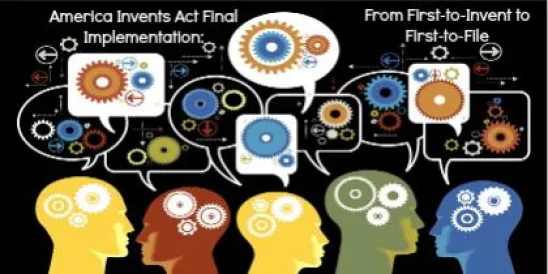Takeaway: Anticipation is the epitome of obviousness.
In its Final Written Decision, the Board held that claims 1, 2, 9, 10, and 13 of the ’417 patent are unpatentable. More particularly, the Board found that Petitioner had shown by a preponderance of the evidence that claims 1, 2, 9, 10, and 13 of the ’417 patent were anticipated under 35 U.S.C. § 102, and that claims 1, 2, 9, 10, and 13 would have been obvious over the prior art under 35 U.S.C. § 103.
The ’417 patent is directed to “an intraluminal medical device, such as an endovascular graft or stent.” Claim 1, the only challenged independent claim, recites “[a]n intraluminal medical device for securement within a vessel, duct, or lumen of a living being.”
The Board began its determination by providing its claim construction analysis. Among the claim terms construed were “projection,” “leading portion,” “trailing portion,” “stent,” “at least one surface,” “engagement with,” “engaging,” and “tightly engage.”
Petitioner had asserted that claims 1, 2, 9, 10, and 13 of the ’417 patent were anticipated by Kornberg under 35 U.S.C. § 102. Petitioner had provided annotated versions of certain figures from Kornberg, a claim chart, and a Declaration by Travis Rowe, in support of these assertions. Patent Owner disputed these positions, and in doing so, relied upon the Declaration of Dr. James Silver.
Although Patent Owner had argued that the blood flow forces of Kornberg would have “no effect on the amount of securement provided by” hooks 14 located on the graft, the Board disagreed. According to the Board, “a preponderance of the evidence establishes that Kornberg inherently describes projections (hooks 14 with barbs 15), including surfaces of trailing portions of the hooks, that are capable of being forced by blood fluid flow to cause engagement with the interior of the vessel to ‘fixedly secure’ the device in place, even if manual forces by a physician put the device and hooks in place initially.” Patent Owner made other arguments against the anticipation position based on Kornberg as well, which the Board rejected. Thus, the Board concluded that Petitioner had shown by a preponderance of the evidence “that Kornberg describes, expressly or inherently, every limitation in claims 2, 9, 10, and 13, and therefore, anticipates those claims, of the ’417 patent.”
Petitioner had also asserted that claims 1, 2, 9, 10, and 13 of the ’417 patent would have been obvious over Rhodes ’154 and Kornberg. The Board began its obviousness analysis by noting that it had already concluded that Kornberg, by itself, anticipates each of these claims, and that under the case law “anticipation is the epitome of obviousness.” After further analysis, including consideration of Patent Owner’s citations to alleged secondary considerations of non-obviousness, the Board then went on to conclude that Petitioner had sufficiently established that claims 1, 2, 9, 10, and 13 of the ’417 patent would have been obvious over Rhodes ’154 taken in combination with Kornberg.
Medtronic, Inc. and Medtronic Vascular, Inc. v. Marital Deduction Trust and Endotach LLC, IPR2014-00100
Paper 46: Final Written Decision
Dated: March 24, 2015
Patent 5,593,417
Before: Jacqueline Wright Bonilla, Michael J. Fitzpatrick, and Hyun J. Jung
Written by: Bonilla
Related Proceedings: Endotach LLC v. Medtronic, Inc., No. 5:13-cv-03292-EJD (N.D. Cal.); Endotach LLC v. Cook Medical Inc., No. 1:13-cv-1135 (S.D. Ind.); Endotach LLC v. W.L. Gore & Associates, Inc., No. 3:12-cv-00308 (N.D. Fla.); and IPR2014-00695 (petition denied)



 />i
/>i


